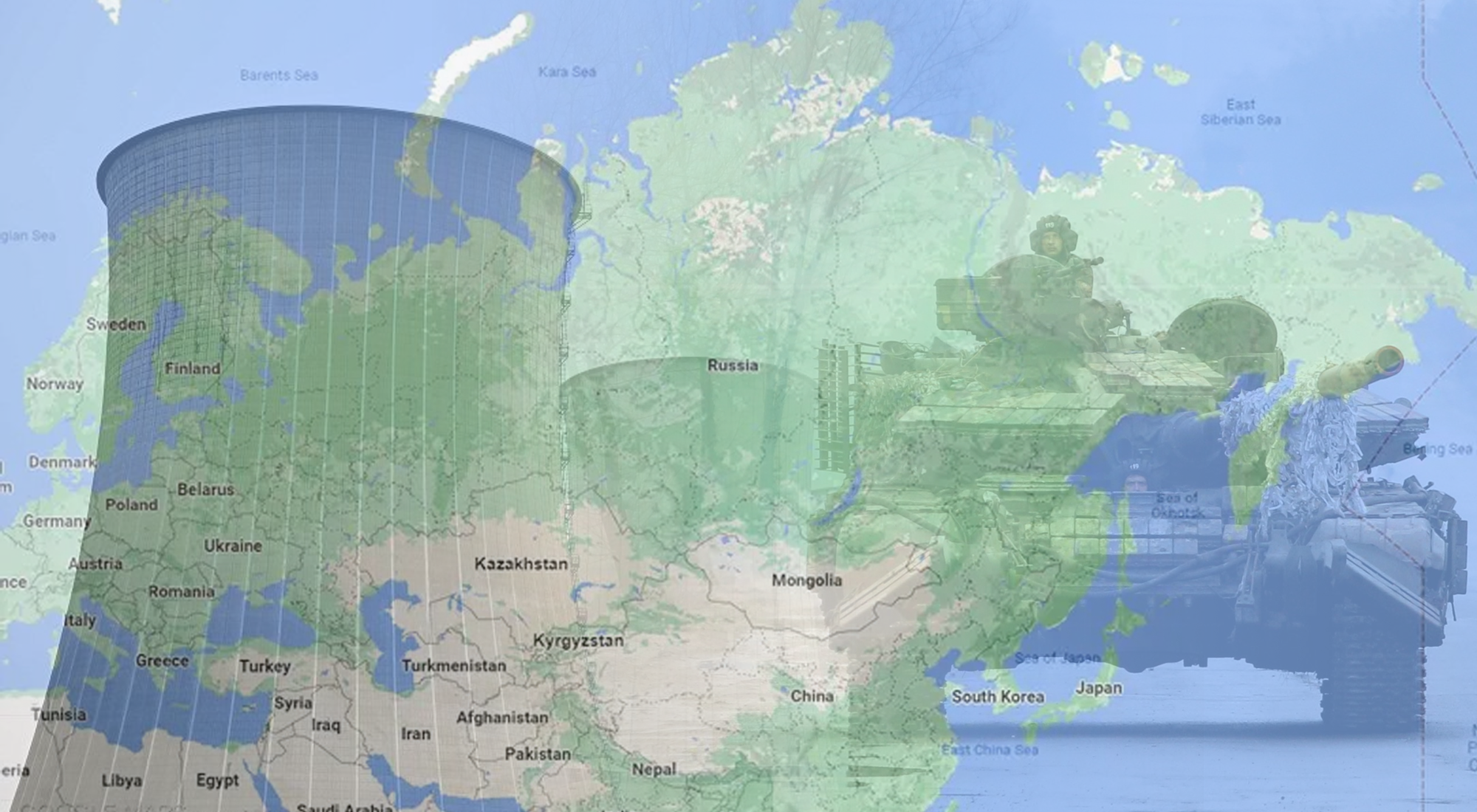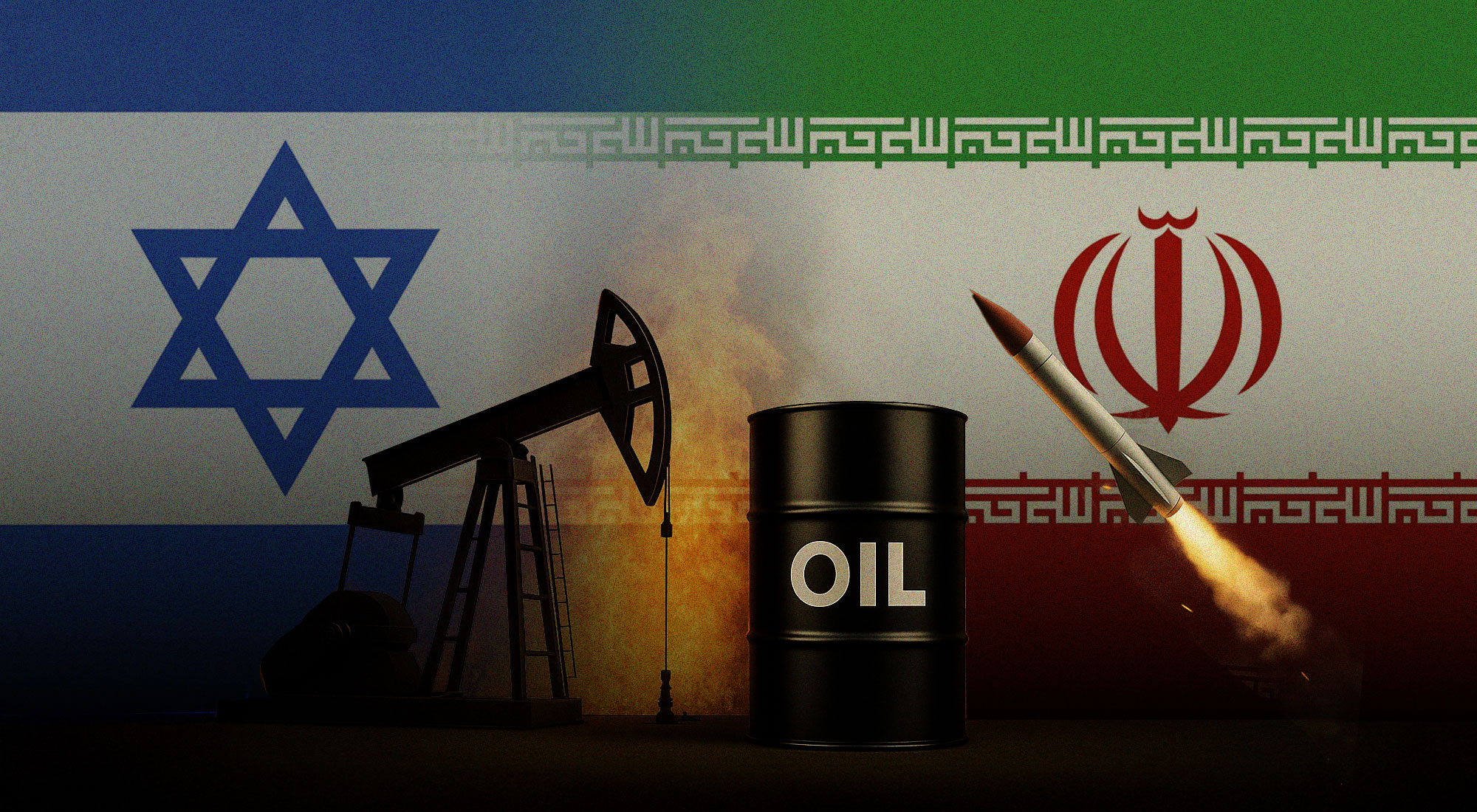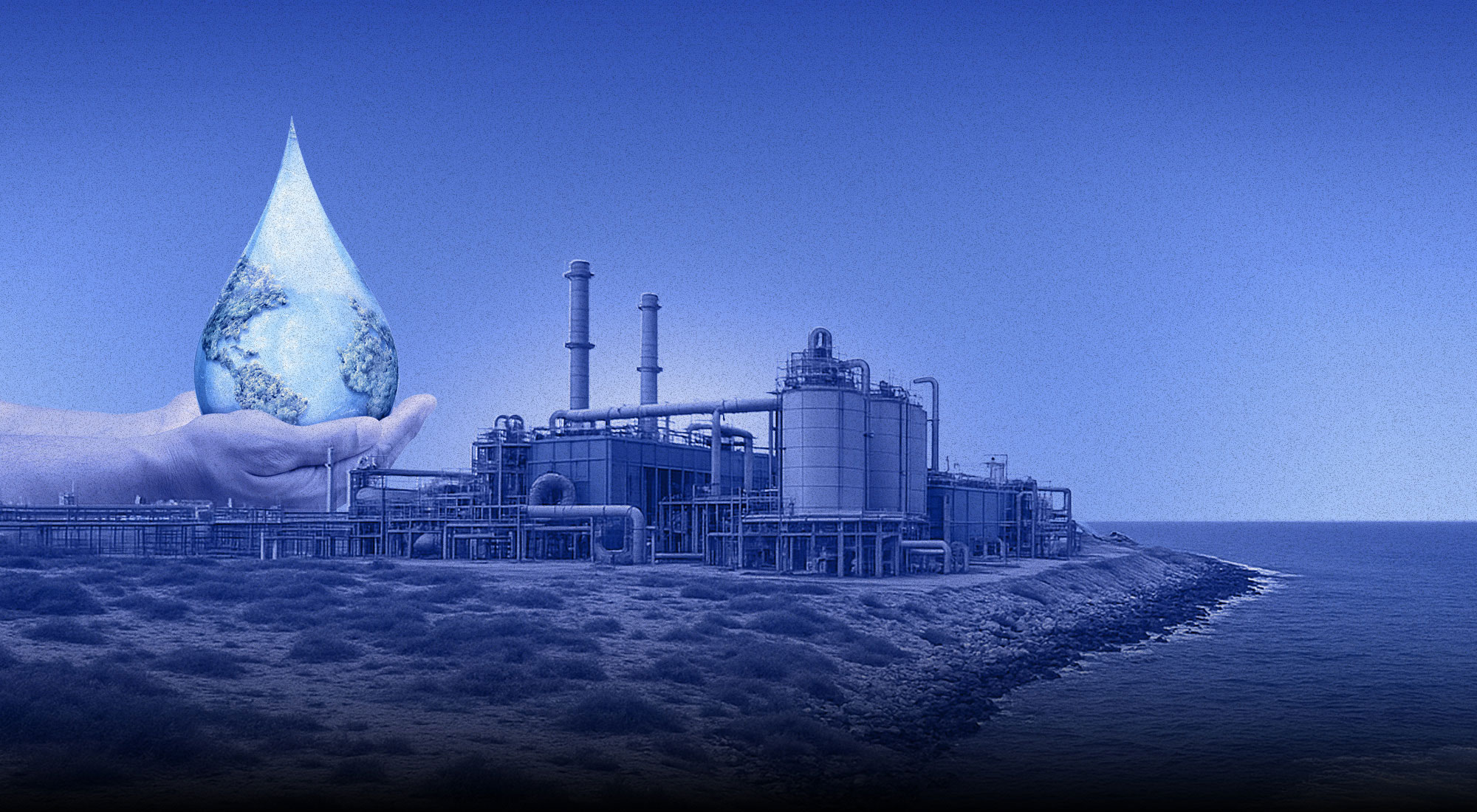Russia’s war against Ukraine, which started on 24 February 2022, has aggravated gas price tensions in Europe, and globally, prompting the EU to prepare for major, if not total, Russian gas supply disruptions as well as begin phasing out Russian gas imports. Two months on, gas supplies are still continuing, but tensions surrounding gas supply remain at their highest level.
Since the fall of 2021, Gazprom – Russia’s state-owned monopoly pipeline exporter – has limited gas supplies to Europe to the minimum contractual levels set in long-term contracts. In an unprecedented move, Gazprom also curtailed its spot sales of gas, which was widely interpreted as a response to the growing threat of US sanctions on the Nord Stream 2 pipeline and as a means of pressuring the certification of the pipeline by Germany’s gas regulation authority. As a consequence, gas spot prices rose and European gas storage facilities were filled substantially below the typical pre-winter levels of 80-90% capacity. These actions prompted the Directorate General for Competition of the European Commission (DG Comp) to preliminarily start investigating whether Gazprom’s behaviour constituted an abuse of dominant position.
Against this background of rising prices, the war pushed gas prices to almost 10 times the average levels seen in past years, with spot prices topping 200 EUR/megawatt hour (MWh) and ranging between 600-1200$/1000 cubic meters (kcm). Russia’s gas exports to Europe are of critical importance: the EU’s gas demand was 412 billion cubic meters (bcm) in 2021, with imports totaling 337,5 bcm that year. Of the total gas imports to Europe, Russia supplied 155 bcm via pipelines, and 16 bcm via LNG. Hence, in 2021, Russia represented about 45% of the EU’s total imports.[1] Over the past two months, this percentage has likely declined to around 35% as Russian exports have decreased and are increasingly offset by higher LNG imports.
EU gas supply in jeopardy, yet Russian exports to Europe steady
The controversial Nord Stream 2 pipeline, which was already filled with gas and was expected to be commissioned this spring, was sanctioned in the first days of Russia’s military operation in Ukraine. Three main supply corridors for Russian gas remain: the first Nord Stream pipeline (58 bcm/year capacity) through the Baltic Sea, the Yamal-Europe through Belarus and Poland (35 bcm/year capacity), and the Ukrainian corridor (100 bcm/year capacity). Furthermore, Russian gas can also be shipped via the recently opened TurkStream pipeline through the Black Sea (15 bcm/year capacity) to Southeast Europe, and via LNG from the Yamal LNG plant – in the range of 13-17 bcm/year. Since the start of the war, Russian gas flows to Europe have slightly increased, notably through the Ukrainian corridor (about 3-4 bcm/month shipped on average); a paradoxical situation since Gazprom continues paying for transit services through Ukraine. Ukraine’s gas transport infrastructure remains operational but there are rising threats to the integrity of the system, with Gazprom recently shutting down the Yamal-Europe line and prompting Poland to use the pipeline in reverse flow from Germany.
In 2021, the EU’s gas import bill reached a record of 120-130 billion EUR, twice the average of past years, while Russia’s gas export revenues reached a historical record. This is a major factor affecting the current geo-economic balance related to gas supplies: the EU is seeing major social costs and a decline in its competitiveness as it is heavily reliant on natural gas and Russian gas in particular. Conversely, Russia can easily afford supply reductions as they are offset by soaring gas prices, export revenues and ultimately, budget revenues, especially when converted into depreciated rubles. Russia is aware that it will be almost impossible for EU buyers to stop importing Russian gas, and that a continued export revenue flow which stabilizes the Russian budget is guaranteed. The fact that gas supplies to the EU continue also highlights Russia’s reliance on export revenues, even though it knows it could inflict severe economic damage in the short-term by cutting supplies. Hence, Russia does not for the time being wish to disrupt the system of gas supplies to Europe in place since 1968, but still feels it can control gas supplies and therefore prices.
As such, Vladimir Putin signed a decree, at the end of March 2022, requiring European gas buyers to move to ruble payments. In order for this to happen, European buyers would need to open EUR/USD accounts along with ruble accounts at Gazprombank. Payments from EUR/USD accounts would be converted into rubles, and then payment would proceed to Gazprom from these accounts directly in rubles. This requirement, however, leaves many uncertainties: the ruble foreign exchange rate; the fact that payments would not be cleared before they arrive at Gazprom, leaving part of the operation at the mercy of Russian banks; the need to modify contracts to clarify responsibilities; and the possibility that direct ruble payments will be required at a later point. The market response to this uncertainty has further pushed gas prices up and has divided European buyers, as relatively few have declared their readiness to support this new scheme. In addition, Gazprom has recently cut gas supplies to Poland and Bulgaria on the basis of their refusal to move to ruble payments. These two countries are openly opposing Russia’s war and it is likely they were chosen to ratchet up pressure while avoiding crossing larger red lines.
The war is ongoing and no progress has been made on peace negotiations in spite of the EU’s calls on President Putin for a ceasefire. With reports and evidence of Russian war crimes on civilians multiplying, the EU’s reliance on Russian energy has come under fierce scrutiny and pressure. Russia’s energy exports have not formally come under sanctions from the EU and G7 members in an effort to preserve Western unity, and so as not to weaken several import dependent European economies, in particular Germany. Recently, however, Poland and some Baltic countries have decided not to buy Russian gas by year end, the US has banned Russian oil imports (700 kbd in 2021), and the UK and several other EU member states are preparing to phase out Russian oil imports. Accordingly, pressure has been mounting on Europe as a whole to cease oil and gas imports from Russia, and at the same time, Russia is gauging its own countersanctions in potentially cutting gas supplies. The G7 has just enacted a decision to progressively stop importing Russian oil.[2] Even though most gas to the EU is supplied under long-term contracts – which remain in place in spite of Russia’s demands for ruble payments – it seems clear that this fragile balance can break at any time.
EU member states and the European Commission have been preparing for major or total gas supply disruptions from Russia and have taken a decision to phase out Russian gas supplies as soon as possible and to develop alternatives (RePowerEU strategy[3]). This decision by the European Council in March 2022 implies that the EU still intends at this stage to respect long-term contracts and has not agreed on any firm date by which to phase out Russian gas supplies.[4] It is however implied that EU companies should not renew and sign any additional or new supply contract with Russia, and that they should refrain from any spot purchases and only take the minimum volumes set in the long-term contracts. Assuming this line is pursued, Russian gas exports to Europe would end by around 2028-2034 when the last long-term contracts expire. Should this scenario occur, it would be about ten years prior to the trajectory envisaged under the European Green Deal’s climate neutrality ambition by 2050.
Notwithstanding, Russian pipeline gas exports – for example, through pipelines crossing Ukraine, or Belarus, or both – could also be partly cut by a politically-driven decision from the Kremlin. Facing such threats, and in coordination with EU member states and importing companies, the European Commission has put in place an energy resilience strategy for the short and longer term, which is to be developed by the end of May. This strategy, titled RePowerEU, would employ tools such as social transfers to consumers; reductions in fuel prices; a push for domestic biomethane production (now more competitive than natural gas, but only representing 3,5 bcm/year production); delaying coal plant closures to reduce gas-fired power generation; and preparations for gas-saving measures and curtailments. From a gas market perspective, discussions are ongoing over introducing price caps for spot transactions in order to avoid broken gas hubs and the destruction of gas market mechanisms. A major effort has also been taking place in parallel to this to secure alternative, additional gas supplies for Europe. Several EU member states are also pushing for new gas exploration campaigns. Lastly, the EU aims to accelerate the large-scale deployment of renewable energy and markedly reduce reliance on Russian energy through the adoption of the “Fit for 55” legislative package. This comprehensive package consists of over 13 legislative proposals in the fields of transport, electricity, taxation, among others, and aims at reducing 2030 emissions by 55%.
EU on global hunt for gas
Replacing Russian gas imports to the EU over the next few months is not possible from a practical point of view. Equally, for Russia to redirect elsewhere the gas volumes currently exported to the EU is not feasible. Should supplies be interrupted, Russia would have no other choice but to ramp up its gas storage capacity, reduce gas production, close wells, and most likely also vent some gas with very negative environmental effects. The EU, on the other hand, would need to very rapidly source sufficient gas to replenish its storage facilities – now filled at 15% – to a level of 80% by the end of October 2022. If non-Russian gas shipments were to be available, they would come at a very high cost. Inevitably, demand-side rationing measures would have to be introduced.
The outlook for 2022-early 2023 provides some options, but these are all far from sufficient to replace a large part of Russian gas:
- Sourcing more pipeline gas: In the coming months, the EU will be able to increase its gas imports from Norway and (to a much smaller extent) from Algeria and Azerbaijan. In total, an additional 7-10 bcm could be sourced from these countries on an annual basis.
- Sourcing more LNG: This is the EU’s top priority and markets currently offer significant potential. US LNG exports are at their highest levels, with 70-80% of US LNG exports geared towards Europe over the past few weeks; an extraordinary situation since the US has just put two additional liquefaction facilities (so-called LNG trains) into operation, topping 120 bcm/year export capacity. Several reasons explain this: the EU has the world highest gas prices and pays more than any other gas importer; China’s LNG demand is down by about 10% year-on-year in Q1 2022, as China’s economy is slowing down and burning more coal; Japan has solved some of its coal supply issues by increasing supply from Indonesia; and there are very good hydro reservoir replenishing levels in Brazil, following last year’s drought and surging LNG imports. In total, the US will be able to export an extra 15 bcm to the EU in 2022, pushing up the EU’s total LNG imports from 80 bcm in 2021 to close to 100 bcm. Additional small volumes will also be available from Egypt and Qatar.
- Potential challenges in sourcing more gas: One issue that may arise is contingent on whether Russia’s LNG exports to Europe are cut, given that Yamal LNG is not state-owned but operated by a private Russian company – Novatek – and its foreign partners. Another challenge is that the UK and Turkey are also large LNG importers and will likely compete with the EU for gas supplies. The EU also suffers from some LNG regasification capacity limitations. Portugal and Spain have huge import capacities at several receiving terminals, but they are isolated from the rest of Europe, so gas cannot be moved north to France. North-West Europe can only be supplied from LNG terminals in France, Belgium and the Netherlands, where available capacities are limited. Italy, likewise, also has limited LNG import capacity. Last but not least, the continued availability of large-scale US LNG exports will depend on the weather in Asia this summer, economic growth levels in China, and weather patterns in Latin America and the US. Storms in the Gulf of Mexico, for example, could prevent transshipments and prove disastrous for Europeans if Russian gas supplies were to be cut.
Given these constraints, the bulk of the effort to substitute Russian gas would need to take place on the demand side. Demand destruction is already underway in the industry sector due to record prices (especially in the glass and petrochemical industries), but an additional supply and price shock would clearly increase the number of industries having to decrease or shut production entirely due to economically unsustainable gas costs. Moreover, major gas-saving policies would need to be put in place to incentivize the residential sector to reduce demand during the coming winter and limit electricity demand. Finally, coal will inevitably replace some gas in power generation, while rationing measures for industries would need to be introduced.
In the medium term – from 2023-2025 and onwards – several additional measures could deliver greater alternative gas supplies and foster the resilience of the European energy system. As such, several EU countries are currently renting floating storage and regasification units which will be installed in 2023 in France (possibly one), Germany (possibly up to four), Italy (possibly one), and another possibly in Greece. Italy is successfully conducting a major gas diplomacy effort to ramp up gas supplies from Egypt, West Africa and Algeria in the medium term. Decisively, as part of an EU-US LNG deal, EU companies will enter into new long-term contracts with US gas players to develop additional export capacity from the US, and potentially also Canada if current project barriers are lifted. With US total export capacity likely to increase by a minimum of 50 bcm by 2025-2026, additional supply perspectives will be open to Europe, provided Asian demand remains subdued. Lastly, Germany, EU’s largest gas market (94 bcm demand in 2021), is building its first two LNG import terminals, which should be commissioned by 2025-2026. Large East African LNG projects (Mozambique, Tanzania), where EU companies are involved, are not expected to be ready before 2026. Finally, Germany is expected to encourage its gas companies to conclude long-term contracts with Qatar as part of the expansion of its LNG export capacity, and is also expected to build two LNG import terminals in Germany.
Perspectives for Europe and global consequences
The EU’s energy security prioritization and focus on gas supplies is in clear contradiction to the dominant discourse and policy effort to progressively phase out natural gas as part of the Green Deal programme. The EU is now compelled to encourage the signing of new long-term gas supply contracts, whereas previously the European Commission intended to ban long-term gas contracts from 2040 onwards. LNG inevitably involves higher methane emissions than pipeline gas, which should prompt even greater European focus on delivering on the Global Methane Pledge, especially under the Egyptian COP presidency in November, and then in the United Arab Emirates in 2023.
But perhaps more worrying is the fact that the EU is currently siphoning gas supplies off global LNG markets, making it very challenging for emerging economies to source LNG from spot markets. The problem did not start from the EU, as Russia’s policy of restricting gas supplies to Europe has had a global impact, with global LNG prices rising (alongside oil) and emerging economies increasingly unable to pay for high-priced LNG cargoes. Unaffordable LNG prices are forcing emerging economies to replace their LNG imports with greater use of coal for power generation or in industry.
A major uncertainty also arises from the fact that while the EU is preparing to cope with a possible halt in Russian gas exports (along with its desire to accelerate the phasing out of Russian gas imports), its 2030 and 2050 emissions targets will lead to an overall accelerated reduction of gas consumption. Hence, the current situation is unlikely to lead to a sustained, global effort to invest in new and very expensive LNG export facilities and related upstream production facilities. It is more likely that overall investment will remain fairly static, and that many projects will not be sanctioned by a final investment decision. Major future supply tensions in LNG markets and price volatility would likely appear if Russia’s additional LNG export projects (such as Arctic 2) are delayed or stalled, which at present looks likely.
By around 2028, EU gas imports will decline further due to lower demand as electrification, additional renewables, and storage solutions are increasingly deployed. This will offer an opportunity to redirect LNG sales from Europe to emerging economies as a back-up for renewables. In the meantime, countries that have domestic gas production potential are expected to rapidly seek to monetize their resources, in clear contradiction with the EU’s taxonomy, which is a special case in a world where most countries consider natural gas, and nuclear energy, as sustainable.
Lastly, the EU’s temporary attempts to source alternative gas supplies will be accompanied by a global hunt – particularly by Germany and the Netherlands – for low-carbon hydrogen, and most likely ammonia, due to ease of shipping. This puts the Middle East, and notably the UAE, in a key position, alongside Australia, Brazil, Chile, Morocco and Egypt. Demand pick-up for hydrogen and hydrogen byproducts is expected to accelerate by 2026-2030 as the EU seeks to reduce gas consumption further. As the EU does not have enough low-carbon electricity, or land, to develop domestic large-scale hydrogen production and replace natural gas in industries, imports will become even more important. Following the Russian experience, trust, strong industrial partnerships, and diversification will be key and equally important to the competitiveness of the low carbon hydrogen produced, whether from renewables, nuclear or natural gas.
References
[1] European Commission, Quarterly Report on European Gas Markets, EU Quarterly Gas Market reports – QA 2021, Directorate-General for Energy (2022), https://energy.ec.europa.eu/data-and-analysis/market-analysis_en.
[2] “G7 Leaders Statement,” Élysée, May 8, 2022, https://www.elysee.fr/en/emmanuel-macron/2022/05/08/g7-leaders-statement-1.
[3] European Commission, “REPowerEU: Joint European Action for More Affordable, Secure and Sustainable Energy,” Press Release, March 8, 2020, https://ec.europa.eu/commission/presscorner/detail/en/ip_22_1511.
[4] European Council, “European Council Conclusions, 25-25 March 2022,” March 25, 2022, https://www.consilium.europa.eu/en/press/press-releases/2022/03/25/european-council-conclusions-24-25-march-2022/.








